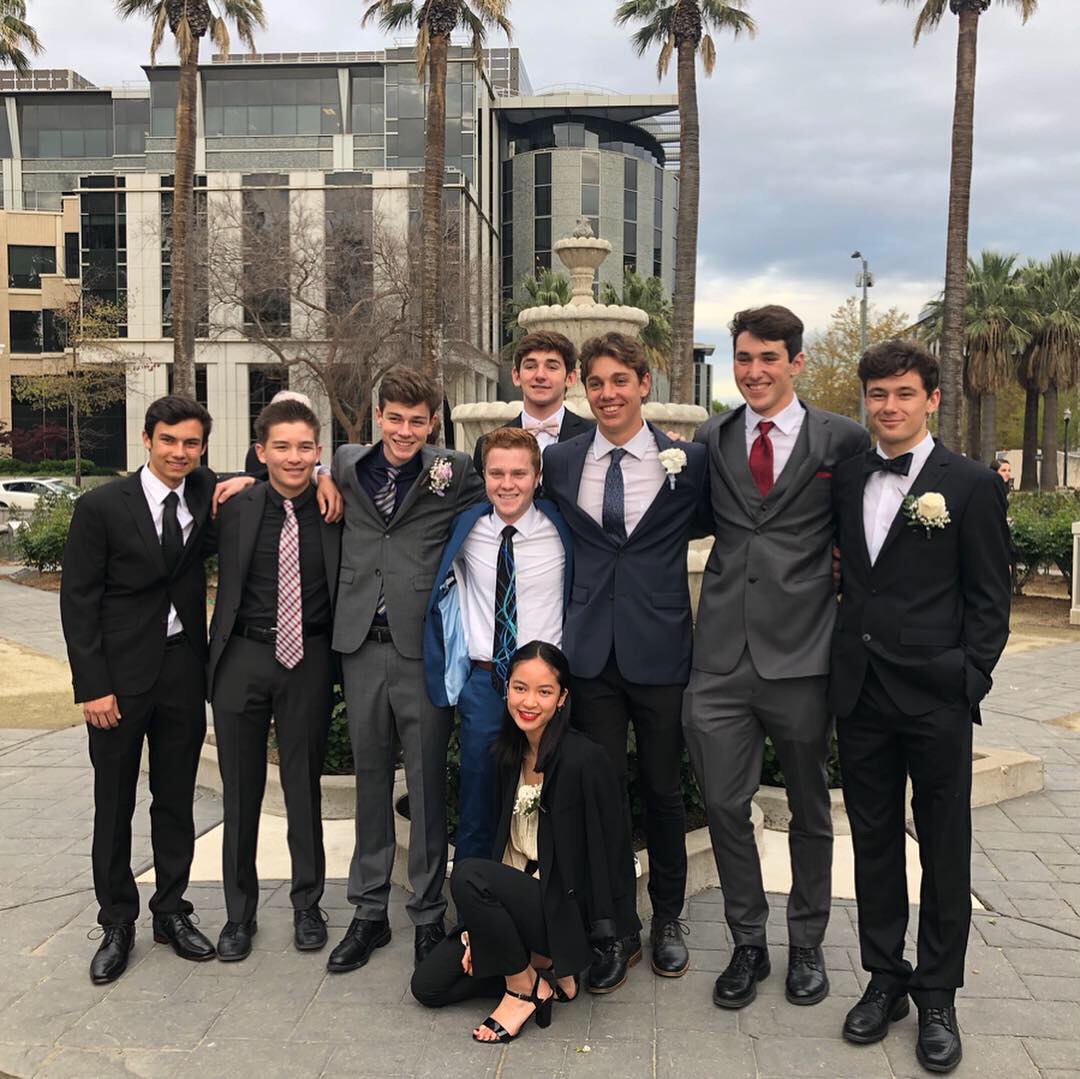
Prom. Promenade. A semi-formal dance or gathering of high school students. A big part of popular culture, and an even bigger part of high school life.
Prom is something that’s been quietly sitting in the back of our minds ever since we were kids. Thanks to Hollywood and her glamorous portrayals of prom night, we believed it was supposed to be almost magical. Because of movies like Pretty in Pink, 10 Things I Hate About You, She’s All That, Mean Girls, Twilight, High School Musical, and even Harry Potter and the Goblet of Fire, all key movies that have shaped our childhoods and popular culture around us; our perception and understanding of proms and formal dances have been warped to an extent worthy of a Hollywood set.
For weeks leading up to the revered night, its prom-talk everywhere. It’s in the hallways between classes, at lunch, in class, and outside at home. Prom takes over everyone’s minds and suddenly all anyone wants to talk about is who’s going with who, how’d they ask, who’s wearing what, and what are they doing after.
Most students don’t know of the history behind prom. In the early 1900s, proms were held at colleges and were more similar to tea services with a fancy dress code rather than a dance. It wasn’t until the ‘50s, with an increasing amount of money and leisure time that American proms grew to be more extravagant and elaborate; how we know them to be today.
Historically, proms used to serve a function similar to that of a debutante ball and were documented as heavily as first communion or even a wedding. It’s not much different today, with some couples and groups hiring professional photographers, everyone’s armed with the expensive camera they borrowed from their parents, and everyone’s cell phone is glued to their side, documenting every moment possible throughout the night.
Proms were originally separated by gender. The boys’ colleges would have their night, and the girls’ another night. It wasn’t until the 1940s that schools implemented co-ed dances, intended to keep youth sexually straight. By doing so, schools became fundamentally important agencies in the nationwide campaign to fight homosexuality.
This homophobic attitude further promoted other heteronormative practices within the tradition, like naming a prom king and prom queen, which we still do today. The prom, ever since its creation, has been a nauseatingly strong advocate for heterosexual agenda, and it hasn’t been until these past few years that anyone really spoke up about it.
One of the biggest shouts for change came in one of the most unlikely of places, Fox Network’s sitcom, Glee. Glee, a monumental show that aired from 2009 to 2015, was centered around a ragtag group of show choir kids and their annual journey to nationals. It was always revered for its diverse cast that had representation for all types of ethnicities and sexualities.
In one significant episode of the show, one of the most prominent characters, Kurt, a gay white teenager, was the victim of a cruel joke that involved his crowning as prom king and his sexuality being used as a form of humiliation. By nominating and voting for him as a joke, knowing Kurt’s acceptance would be social, and almost literal suicide, in a conservative school, students were encouraging the alienation of queer kids. Glee’s portrayal of an incident that could’ve happened at any school across the country brought nationwide attention to an outdated practice that should have changed with the times.
Needless to say, the high school prom culture has since been transformed during the 21st century, without really losing touch with the charming aspects of its history. This year, as the junior class prom king and queen were announced, there was only applause and pretty lights amid music and loud cheers.
2019 Junior Prom was off to a shaky start. Members of the prom committee in ASB were worried in the months leading up there wouldn’t be enough money to put on the dance. For an uncertain period of time, the thought of having a photo booth and other prom necessities were up in the air.
ASB Secretary Mackenzie Crall (‘20) commented on the issue, “For prom, our goal was to do the most we could with the littlest amount of money possible.”
Luckily, the class of 2020 was able to hold together and raise enough money to put on a memorable night for all of the juniors. “[The limited budget] caused us to be creative but I think that we did really well you couldn’t tell we were on a tight budget at all.”
The dance was held at the Masonic Temple in downtown Sacramento. From the outside, the only signs that it was C.K.M. prom night were the wide doors flocked with girls in colorful gowns and the well-dressed couples helping one another out of their cars. On the inside, the venue was quite breathtaking, spacious and clean and fit with a balcony that perfectly suited a nice string of lights. Although entry came with three flights of stairs and limited elevator use, the Masonic Temple proved to be an enjoyable venue that ASB plans on using for future events.
One of the creative aspects Crall refers to was the photo booth. Instead of a traditional sit-in photo booth that would have required several more bake sales in order to pay for, the committee took an innovative approach. Using an elegant paper background, iPad app, and iPad stand, students were able to take their photos and have them sent directly to their phones, rather than printed.
Overall, views were mixed about personal prom experiences. Several students complimented the Masonic Temple. Ellinor Arzbaecher (‘20) said, “The venue was really pretty and I liked it was downtown.” Lily Ewing (‘20) commented that she was grateful for no lines because both coat check and the check-in system was quick and efficient.
Majority of student responses offered constructive criticism for certain details about the dance. Sofia Abramsky-Sze (‘20) mentioned that one thing she liked in particular was the photo booth, although she added, “I would honestly be willing to pay a couple dollars extra for tickets if we then got the option to print pictures.” Ewing added, “Yeah printed would be better, maybe you can pay to print it or you can do it for free and just have the digital copy.”
Elizabeth Reynolds (‘20) commented, “It would have been better if the lights were off earlier and water was free.” Generally, some people didn’t seem to think very highly of the dance experience. Ryan Travis (‘20) said, “It was like any other school dance except there was less people and they looked nicer.”
Despite troubled beginnings that required strokes of genius from ASB, lukewarm reactions from students, and quite a bit of unreasonable expectations set by tradition, it goes without saying that, good or bad, the C.K.M.’s class of 2020 had quite the unforgettable night. As Nicole Fong (‘20) eloquently put, “Prom wasn’t perfect, but it was prom nonetheless.”
